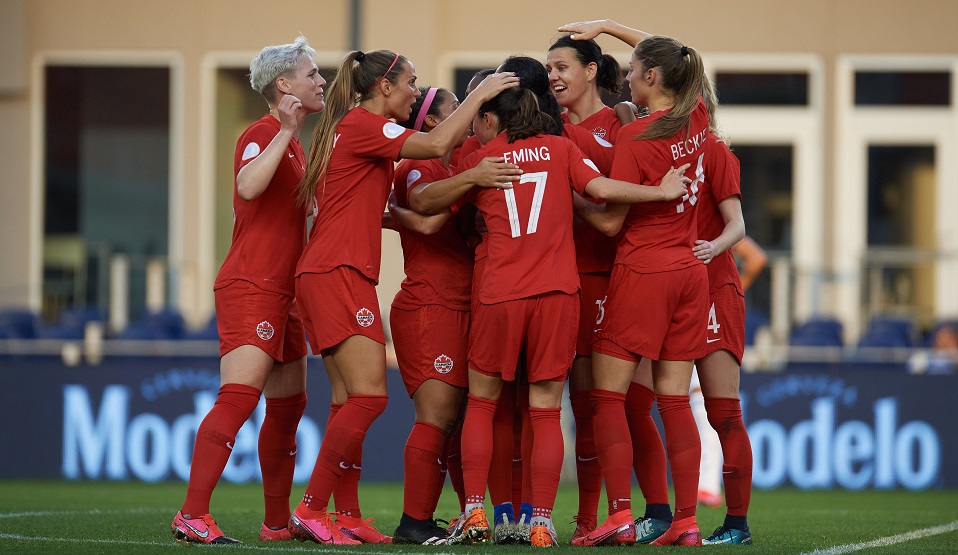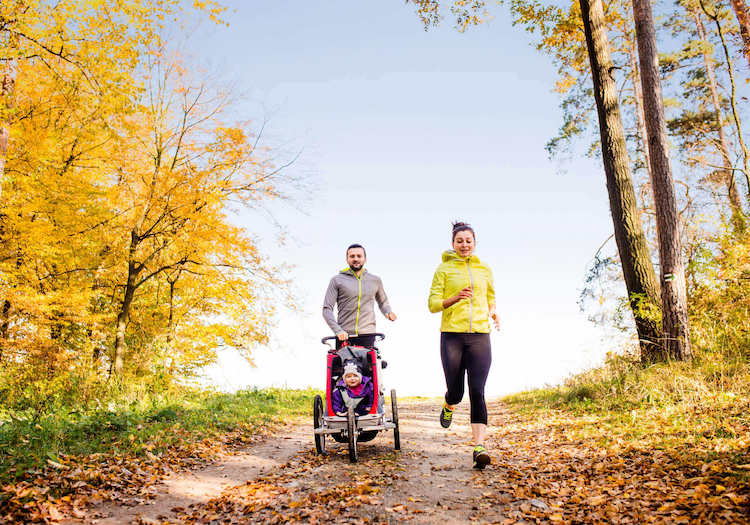Les clubs sportifs locaux après la pandémie de COVID-19

Les clubs sportifs locaux qui tentent de se remettre sur pied après la pandémie de COVID-19 sont confrontés à de nombreux défis. Découvrez comment ces clubs s’efforcent de renouer avec le sport organisé et soulignez l’importance d’utiliser des stratégies éprouvées pour les aider à s’adapter et à survivre.
Local sports clubs post COVID-19

As local sports clubs try to bounce back in the aftermath of the COVID-19 pandemic, they face various challenges. Explore how these clubs are struggling to return to organized sports and emphasize the importance of using proven strategies to help them adapt and survive.
Disability sport post COVID-19

COVID-19, a major epidemic, has profoundly affected people’s lives globally. A recent study explores its impact on disability sport, highlighting 4 key discussions: media coverage during lockdown, promotion of sporting opportunities, thriving inclusion efforts, and the future of community disability sport post-lockdown.
Athlete mental health is a top priority

After returning to sport post-COVID lockdowns, adolescent athletes have shown improvement in mental health. However, despite a return to pre-pandemic activity levels, mental health in adolescents remains at lower levels than pre-pandemic. This suggests that supporting athletes’ mental wellness needs to be a top priority.
Physical literacy for engaging youth post-pandemic

Providing evidence-based sport and physical activity opportunities that intentionally support the development of physical literacy can help youth rebound from the negative impacts of the COVID-19 pandemic. Activities that are fun, challenging yet accomplishable, and that spark creativity in movement welcome youth back to the playing field and hold promise for keeping them engaged in…
Returning to sport with long COVID

Researchers’ understanding of overtraining syndrome (OTS) is guiding their advice for athlete return to sport in the case of post COVID-19 condition, also known as long-COVID. Those experiencing long-COVID should moderate their activity in the same way as overtrained athletes, with “symptom-titrated physical activity,” the gradual reintroduction of intensity based on close monitoring of an…
Pandemic impact on girls in sport
The COVID-19 pandemic has negatively impacted girls’ participation in sport and physical activity. Findings from Canadian Women & Sport suggest that 1 in 4 girls are not committed to returning to sport. Involving girls in planning their return to play can be one way to encourage girls’ participation.
Strategic planning tips

Strategic planning can be a helpful tool in navigating changing and dynamic environments, particularly as community sport organizations begin the process of COVID-19 recovery. Talking to stakeholders, evaluating club resources, considering the community profile, and examining the competition are important steps to consider when beginning the strategic planning process.
Keeping girls in sport

Research shows that many girls leave sport when they reach adolescence. The COVID-19 pandemic has amplified this trend, with 1 in 4 girls not committed to returning to their pre-pandemic sports. There are many reasons that girls leave sport, from a lack of girl-specific programming to socialization and gender expectations. Research insights help us to…
Active breaks

When it comes to sedentary behaviour (waking time spent at rest in a sitting or reclined position), Canadian adults received a grade of F in the 2021 ParticipACTION Report Card on Physical Activity for Adults. Not surprisingly, more than 60% of Canadians reported spending more time using the internet and watching TV during the pandemic….